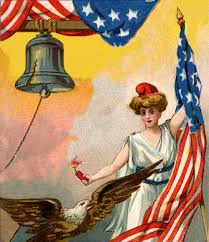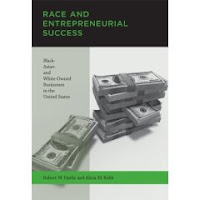 This just got sent to me, and it seems so fitting for Thanksgiving this year–a poem, by Langston Hughes:
This just got sent to me, and it seems so fitting for Thanksgiving this year–a poem, by Langston Hughes:
I, too, sing America.
I am the darker brother.
They send me to eat in the kitchen
When company comes,
But I laugh,
And eat well,
And grow strong.
Tomorrow,
I’ll be at the table
When company comes.
Nobody’ll dare
Say to me,
“Eat in the kitchen,”
Then.
Besides,
They’ll see how beautiful I am
And be ashamed –
I, too, am America.
– Langston Hughes, 1925
See also Hughes’ “Let America Be America Again”. And thank you, Jessie, for sending these! Here’s wishing everyone a happy Thanksgiving, filled with stuffing and gratitude and love. Me? I’ll be stuffing myself with my Jewish family, on the holiday few in my family this year feel ambivalent about. Well, I always feel ambivalent about the turkeys, but that’s just the guilty carnivore in me. Today, my parents get to meet their grandkitten! Off to bake the pies…

 Courtesy of our gal
Courtesy of our gal  There’s just so much post-election goodness out there in the analysis department, we’re posting links as we see them. (Thanks, Virginia, for that
There’s just so much post-election goodness out there in the analysis department, we’re posting links as we see them. (Thanks, Virginia, for that  I’ve found it fascinating to read here and there that some Civil Rights leaders are fearing a decrease rather than an increase in focus on civil rights and affirmative action issues should the first African American President assume office come January 2009.
I’ve found it fascinating to read here and there that some Civil Rights leaders are fearing a decrease rather than an increase in focus on civil rights and affirmative action issues should the first African American President assume office come January 2009.



